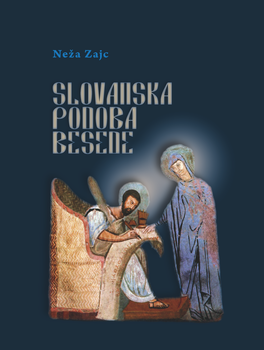Slovanska podoba Besede
Knjiga ob prikazu ozadja vzpostavljanja t. i. slovanske pismenosti, s posebno pozornostjo na soodnosu med besedo in podobo (vsebino in obliko) ter upoštevajoč slovensko-ruske razlikovalnosti, obravnava besedilni in jezikovni dosežek pisateljev Primoža Trubarja in Maksima Greka, katerima je zaradi različnih okoliščin prav jezik s slovansko besedno osnovo v XVI. stoletju predstavljal tudi osebni izraz. Ob ponujenih vzporednicah z miselno-duhovnimi in umetniškimi nazori tedanje nastajajoče intelektualne Evrope je njun jezikovni izraz tokrat preučevan z zornega kota mogoče sposobnosti predstavljanja, prikazovanja ter upodabljanja neke idealne podobe, ki znotraj duhovnega krogozora obeh pisateljev ter strogo teocentričnega sveta ne more biti razumljena drugače kot Božja. Zasledovane možnosti besednega učinkovanja, ki niso približki t. i. literarnih postopkov, ponujajo ogrodje opredeljevanja značilnosti neke krščanske ikonografije, tesno zvezane z osebno teologijo obeh obravnavanih pisateljev. Zato je tudi – pogojno rečeno – poetika Maksima Greka in Primoža Trubarja globoko osebna.
Prenosi

Zbirka
Licenca

To delo je licencirano pod Creative Commons Priznanje avtorstva-Nekomercialno-Brez predelav 4.0 mednarodno licenco.
